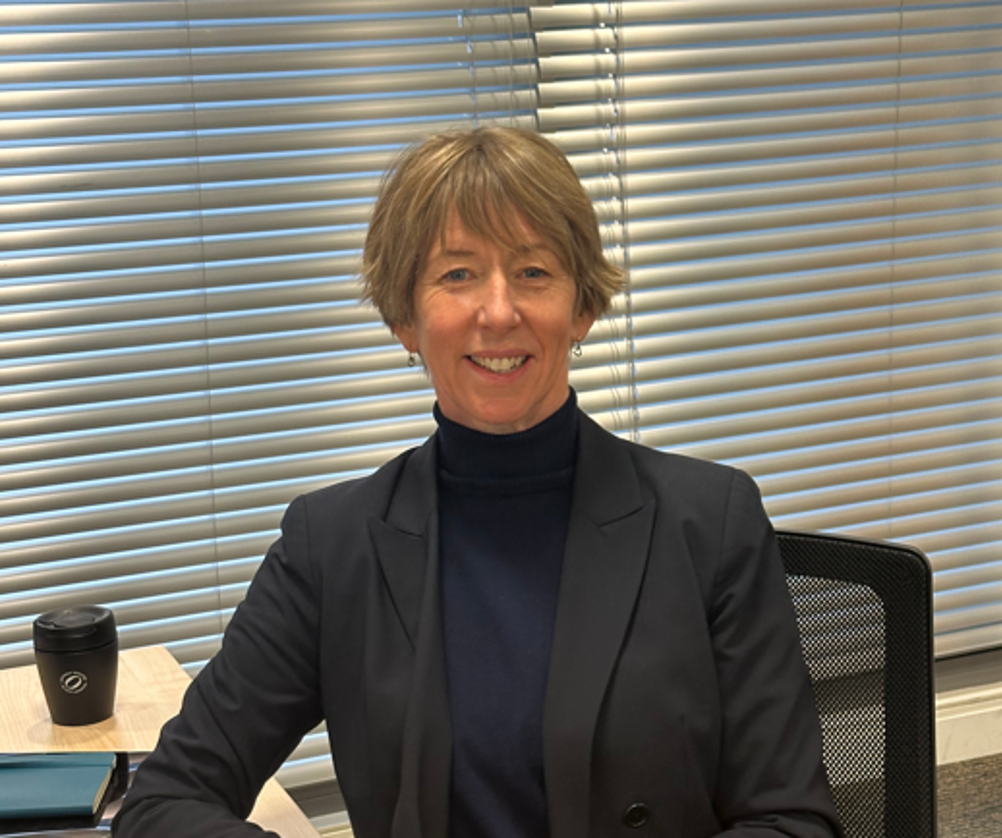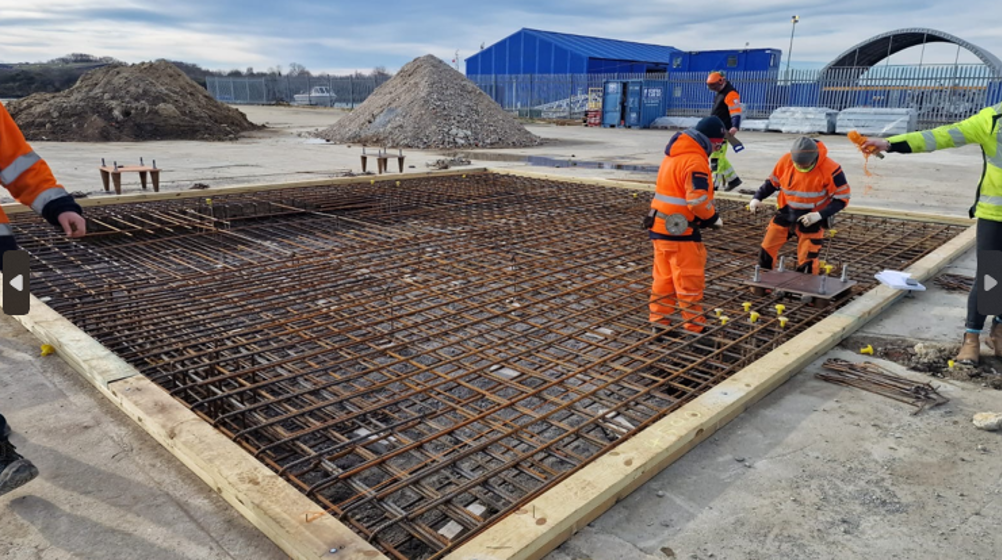On January 15, 2024, Sizewell C initiated its Development Consent Order (DCO), clearing the way for formal construction of the new 3.2GW nuclear power station on the Suffolk coast. Just a week later, French energy giant EDF reported that Hinkley Point C (HPC) – Sizewell’s EPR (European Pressurised Water Reactor) forerunner - could be delayed until 2031, with costs rising to £35bn.
Squaring these two announcements, barely seven days apart, is no easy feat. It’s indicative perhaps of the UK’s apparent unflinching commitment to nuclear energy, seen by many as an essential pillar of net zero strategy and the only viable low carbon way to deliver baseload energy. To emphasise the point, January also saw the UK government firm up its civil nuclear roadmap, outlining plans for 24GW of nuclear capacity by 2050, including a third megawatt-scale power station to complement Hinkley and Sizewell C.
If a third EPR plant - likely to be sited at Wylfa on Anglesey - does go ahead, there’s a good chance one of the first engineers on the ground will be Laing O’Rourke’s Sarah Williamson. Currently acting as Construction Performance Director at Sizewell C, Williamson is an EPR veteran, though doesn’t yet exhibit the thousand yard stare one might expect of such traumas.
“MY EPR journey started with Hinkley over 10 years ago,” she told The Engineer. “I was with the main civils contractor at Hinkley, then joined Sizewell C in 2020. I’m responsible for Sizewell C’s civils programme.”
Williamson signed off on Hinkley’s civils several years ago but is of course painfully aware of the project’s continued shortcomings. What’s more, she’s now spearheading work on its sequel, heralded by the nuclear industry as inevitably cheaper, faster and all round better value due to the lessons endured across HPC’s quixotic journey. But as the budgets for these nuclear megaprojects swell, public patience wears thinner. Willimson is under no illusions of the task in hand.

“If we look at megaprojects in general, as an industry we do generally need to sort ourselves out,” she said.
“It’s top to bottom. We need to create a blueprint for success and actually break this paradigm of ‘Oh yeah, big projects, always over on cost, always over on schedule, let’s look at why they went wrong.’ But let’s take a look back. Let’s sit back and go, what are we going to do to make sure that this is set up for success?”
Nuclear builds have always been complex, but the EPR design in particular has been plagued with delays and cost overruns. At the time of writing, EDF’s flagship domestic build at Flamanville in Normandy is still awaiting fuelling, with grid connection due in ‘mid 2024’. Construction of the Flamanville 3 EPR began in 2007.
A similar tale unfolded at Finland’s Olkiluoto Nuclear Power Plant. Construction on a 1,600MW EPR got underway in 2005, scheduled for completion in 2009. The reactor began commercial operations in May 2023.
China’s Taishan plant fared slightly better, requiring just a decade to get the first of its two EPRs online in 2018, with its second following a year later. While both reactors are currently operational, Taishan 1 was offline for more than a year between 2021 and 2022 for maintenance to faulty fuel rod housing.
Given the EPR’s track record around the globe, it’s no surprise that similar delays were experienced in the UK, where no nuclear new build had taken place since the 1990s. According to Williamson, that near 30-year hiatus accounts for some of the issues, with core skills eroded across the entire industry.
“Although the EPR had been built around the world, this was first of a kind in the UK…so the design basically needs to go through whatever modifications are required to build in the UK,” she said.
“We had a very, very successful operating fleet, but the last big nuclear build was Sizewell B. Started in 87, finished in 95. As far as an industry goes, that is a long time.”
Some of the core trade skills had been lost in the interim, with demand for new, digital-led skills also on the rise. EPR builds require high-volume, highly accurate concrete pouring as well as intricate thin metalwork and welding. These skills were lacking at the outset of Hinkley’s construction, but have been developed throughout the build process, according to Williamson.
“Thin metalwork welding is really quite a specific skill,” she said. “And you can see by the shortening of duration between the unit one fabrication and the unit two fabrication, we’ve really been rebuilding that capability…that’s something that we’re very, very conscious of, keeping that welding skill, making sure that we’ve got our Welding Centre of Excellence.
“And then some of the skills are new because things are changing. So the way that we digitise is changed. We’ve developed a geospatial apprenticeship, we developed digital engineering apprenticeships. So there’s a combination of really rebuilding some of those traditional skills like welding and then really responding to how the industry is changing and our customers are changing.”
Alongside skills, Williamson says other aspects of the nuclear ecosystem also atrophied over this period, including regulators, operators and the supply chain. All these branches continued doing the job in hand – maintaining the existing nuclear fleet – but were not practised in dealing with blank-page construction. Combined with the EPR’s complexity, it’s no surprise that Hinkley C would suffer the same fate as its French and Finnish counterparts.
“You’ve got multiple things layering on each other,” said Williamson. “Going into that, the design was not where it needed to be at the time construction needed it.”
Despite the litany of issues, UK faith in new nuclear remains undimmed. The hope for Sizewell is that some of the basic errors should be avoidable, with HPC acting as a pathfinder, its design essentially parachuted on to the Suffolk coast with minimal adjustments.
“It’s not just the fact that it’ll be ready,” said Williamson. “It’ll be in a format that the contractors need it to enable them to deliver the outputs and outcomes that we’re looking for at Sizewell.”

However, Williamson admits that it is extremely difficult to gauge what the upshot of the Hinkley learnings will be and how exactly they will translate into time and cost savings.
“Because there’s so many complicated, interrelated factors, you get yourself in an absolute pickle with that,” she said. “From the delivery perspective, you’ve got contractors who’ve worked on all our big projects in the UK – Crossrail, Thames Tideway, High Speed 2.
“We say to them, what do you need? What does good look like? We’ve said things like what needs to be true, and what should the schedule be? What should your outputs be? All things being equal - given the fact that we’re building 50-odd buildings in a relatively small footprint, which also happens to be below ground level with multiple different formations - what should the schedule be?”
Under current projections, Sizewell C is due to begin commercial operations by the ‘mid-2030s’. If that schedule can be achieved – and with Hinkley C now likely to be delayed until 2031 at least – Sizewell C will no doubt be viewed as a relative success, particularly if it can stay within its current budget of £20bn.
These are astronomical ‘ifs’ though, given the UK’s recent megaproject history, not to mention the specific troubles attributed to the EPR both at home and abroad. While the civils are just one component in a vastly complex build, everything then flows from them, with delays compounded further down the line. Ground works at the site – surrounded on virtually all sides by Sites of Special Scientific Interest (SSSI) and Special Protected Areas (SPA) - are now well under way, with Wiliamson to the fore.
“What we’re doing at the minute is, we’ve basically got a pinch point in the schedule, which is we need to create a crossing, we need to put a bridge in to the north of what will be the power station footprint,” she explained.
“Once you get that crossing in…our access is independent of Sizewell B and we can start to get the batching plants and all that ready to start…so the first bit of the job is really get the crossing in, get the cut-off wall in, get going with the excavation. And then the challenge for us is that we’ve basically got to be digging, and fill in and building, all at the same time.”
Once Willimson’s team is finished with the civils, there’s just the small matter of outfitting and commissioning two 1.6GW EPR reactors. History suggests that delays and cost overruns are inevitable. Let us hope that Sizewell C can buck the trend.












Comment: Hybridisation is a new era for aerospace
Reduced weight & simplification of the combustion engine operating , If hybrid cars are anything to go by. Further weight reduction might be...